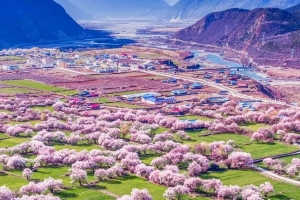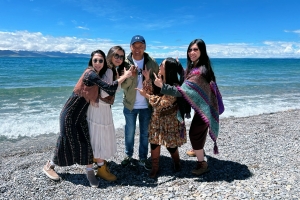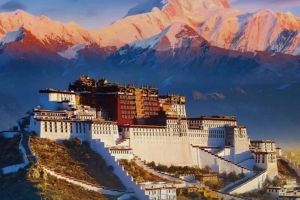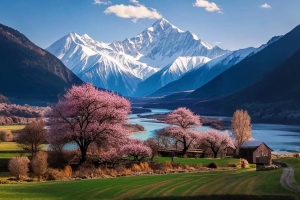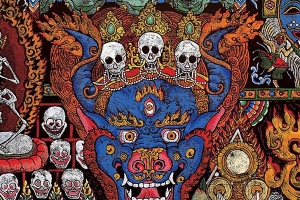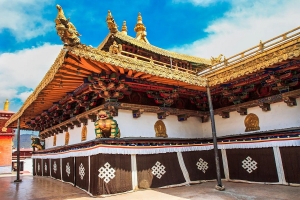Tibet, often revered for its spiritual depth and its vast, unyielding landscapes, is a region with a rich cultural and religious heritage. Nestled among the towering Himalayas, it is a land whose ancient traditions and profound wisdom continue to captivate the world. The Tibetan people have long faced immense challenges, from the invasion of foreign powers to the struggles of exile. For those unfamiliar with this mystic and isolated land, a number of films have brought the story of Tibet and its people to the global stage. From documentaries to biographical dramas, these films provide powerful insights into Tibetan life, its people, and the struggles they face.
One of the most iconic films about Tibet is “Seven Years in Tibet” (1997), directed by Jean-Jacques Annaud and starring Brad Pitt. The film, based on the true story of Austrian mountaineer Heinrich Harrer, focuses on Harrer’s journey after he escapes from British internment during World War II and finds refuge in Tibet. As he integrates into Tibetan society, he becomes close to the 14th Dalai Lama, played by a young Lhakpa Tsamchoe. The movie is a portrait of the unique Tibetan culture, its serene beauty, and the strong spiritual devotion of its people. It also sensitively touches on the political context of the time, as the Chinese military began to encroach upon Tibet, culminating in the 1959 Tibetan uprising. For viewers, it presents a touching story of friendship and respect between a Westerner and a deeply spiritual leader, set against the backdrop of Tibet’s profound isolation from the world.
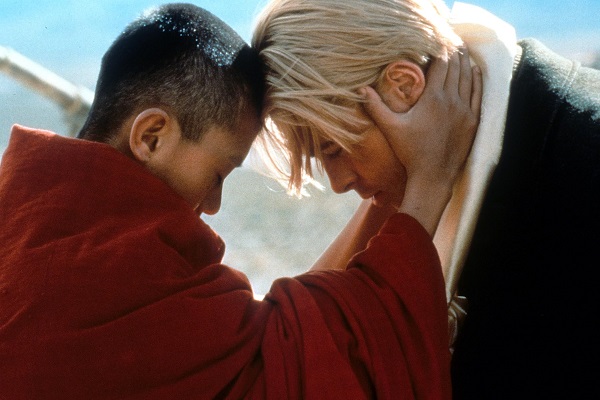
Seven Years in Tibet
In contrast to the sweeping epic that is “Seven Years in Tibet,” “Kundun” (1997), directed by Martin Scorsese, takes a more focused approach. It chronicles the life of the 14th Dalai Lama from his childhood to his exile following the Chinese occupation of Tibet. The film’s title, “Kundun,” refers to the Tibetan term for the Dalai Lama, which means “presence” or “the one who has come.” Through stunning visuals and an evocative score by composer Philip Glass, the movie brings to life the profound spiritual journey of the Dalai Lama, played by Tenzin Thuthob Tsarong. Unlike other depictions, “Kundun” portrays the Dalai Lama not only as a spiritual leader but also as a symbol of resistance against the Chinese government’s attempts to suppress Tibetan culture and religion. The film explores themes of peace, compassion, and the Dalai Lama’s commitment to nonviolence in the face of tremendous adversity. It offers a poignant look at the complex intersection of Tibetan culture, religion, and the Chinese invasion of Tibet, making it one of the most significant cinematic works on Tibet.
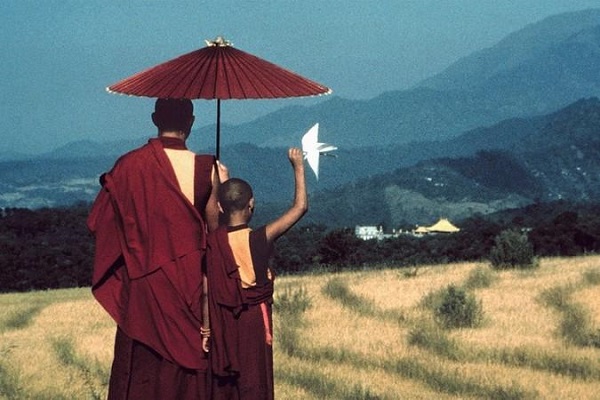
Kundun
For those interested in a more intimate portrayal of Tibetan Buddhist life, “The Cup” (1999), directed by Khyentse Norbu, provides a charming and humorous glimpse into the daily lives of Tibetan monks in a remote monastery. The story follows a group of young monks who are passionate about soccer and become obsessed with watching the 1998 World Cup. The film deftly blends humour with themes of faith, tradition, and the clash between modern desires and religious discipline. Set in a Himalayan monastery, the monks’ desires to watch the soccer game serve as a vehicle to examine their inner conflicts and the juxtaposition of Tibetan religious values against the temptations of the modern world. “The Cup” is a delightful exploration of Tibetan monastic life, showcasing the humanity and relatability of its subjects despite their spiritual calling.
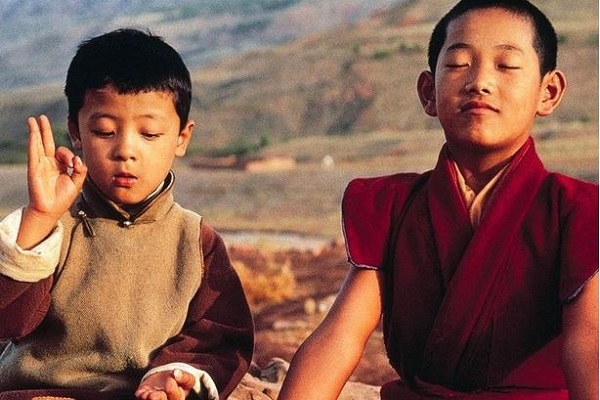
The Cup
On the documentary front, “The Last Dalai Lama?” (2016), directed by Mickey Lemle, is a must-watch for anyone interested in understanding the current state of Tibetan exile and the future of the Dalai Lama’s legacy. This documentary explores the Dalai Lama’s ongoing efforts to preserve Tibetan culture and religion despite being in exile for over 60 years. It delves into the political ramifications of the Dalai Lama’s leadership, his advocacy for Tibetan autonomy, and the looming question of his succession. The documentary is both a tribute to the Dalai Lama’s incredible resilience and a meditation on the existential threat facing Tibetan culture due to the Chinese government’s policies. It also explores the complex relationship between Tibetan Buddhism and politics, shedding light on the struggles of the Tibetan diaspora and the longing for a return to their homeland.
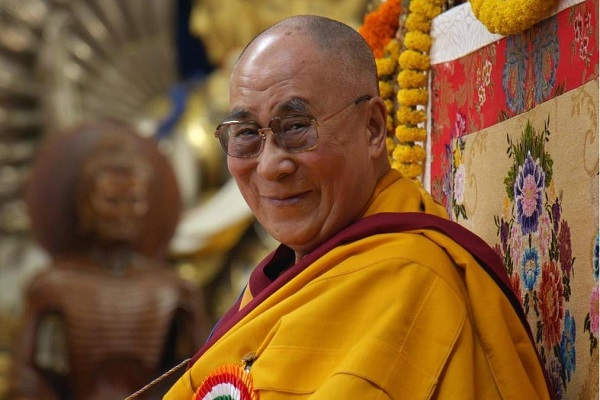
The Last Dalai Lama?
In a similar vein, “Dreaming Lhasa” (2005), directed by Ritu Sarin and Tenzing Sonam, examines the challenges faced by Tibetans in exile through the eyes of a young woman returning to India from abroad. She reconnects with her roots and the political issues surrounding Tibet’s future. The film weaves personal stories of loss and survival, focusing on the tension between Tibetan exile and the desire for cultural preservation in the face of overwhelming odds. The film’s nuanced portrayal of exile captures the complexity of Tibetan identity, reflecting the emotional and political turmoil of living in the diaspora.
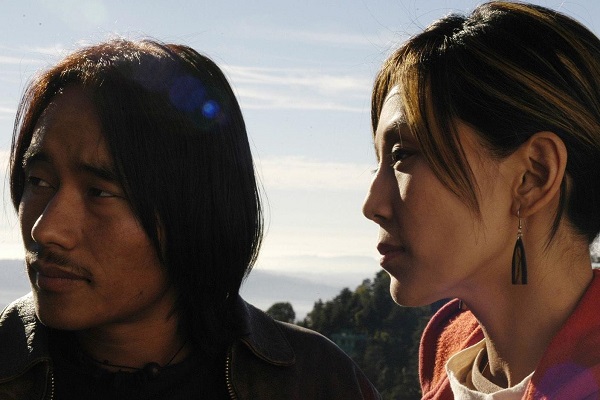
Dreaming Lhasa
Tibet is often portrayed in cinematic works not only through its cultural richness and spiritual practices but also through the ongoing struggle of its people, both inside and outside their homeland. The people of Tibet, particularly their spiritual leaders like the Dalai Lama, represent resilience and endurance in the face of oppression, striving to preserve their culture while maintaining their faith in nonviolence. These films help convey the richness of Tibetan life, from the serene beauty of its monasteries to the profound challenges it faces due to external political forces.
Tibet’s cultural and religious traditions—rooted deeply in Tibetan Buddhism—play a significant role in shaping its identity, and movies like “The Tibetan Book of the Dead: A Way of Life” (1994) delve into these practices. The documentary explores the Tibetan approach to death, offering insight into the Tibetan Book of the Dead, which guides individuals through the afterlife. The rituals surrounding death and dying are an essential part of Tibetan spirituality, emphasizing the interconnectedness of life, death, and rebirth.
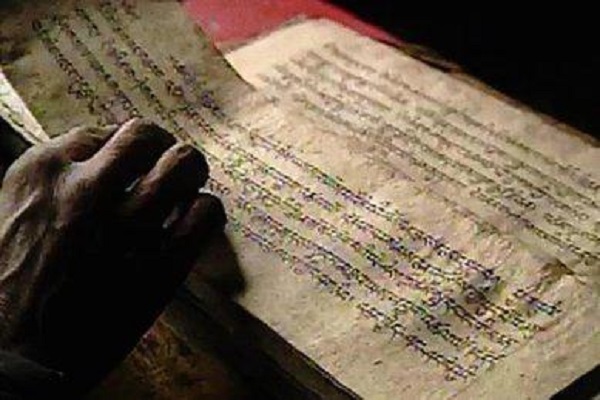
The Tibetan Book of the Dead: A Way of Life
Whether through dramatized accounts or documentaries, these films allow audiences worldwide to gain insight into the often-hidden world of Tibet, a place rich in spiritual devotion and political strife. They offer an intimate look into the hearts and minds of Tibetan people, providing not only a window into their culture but also a poignant reminder of the ongoing struggles they face in preserving their way of life. From the majestic landscapes of the Himalayas to the sacred halls of Tibetan monasteries, these cinematic works bring to life the beauty and complexity of one of the world’s most enigmatic regions.

